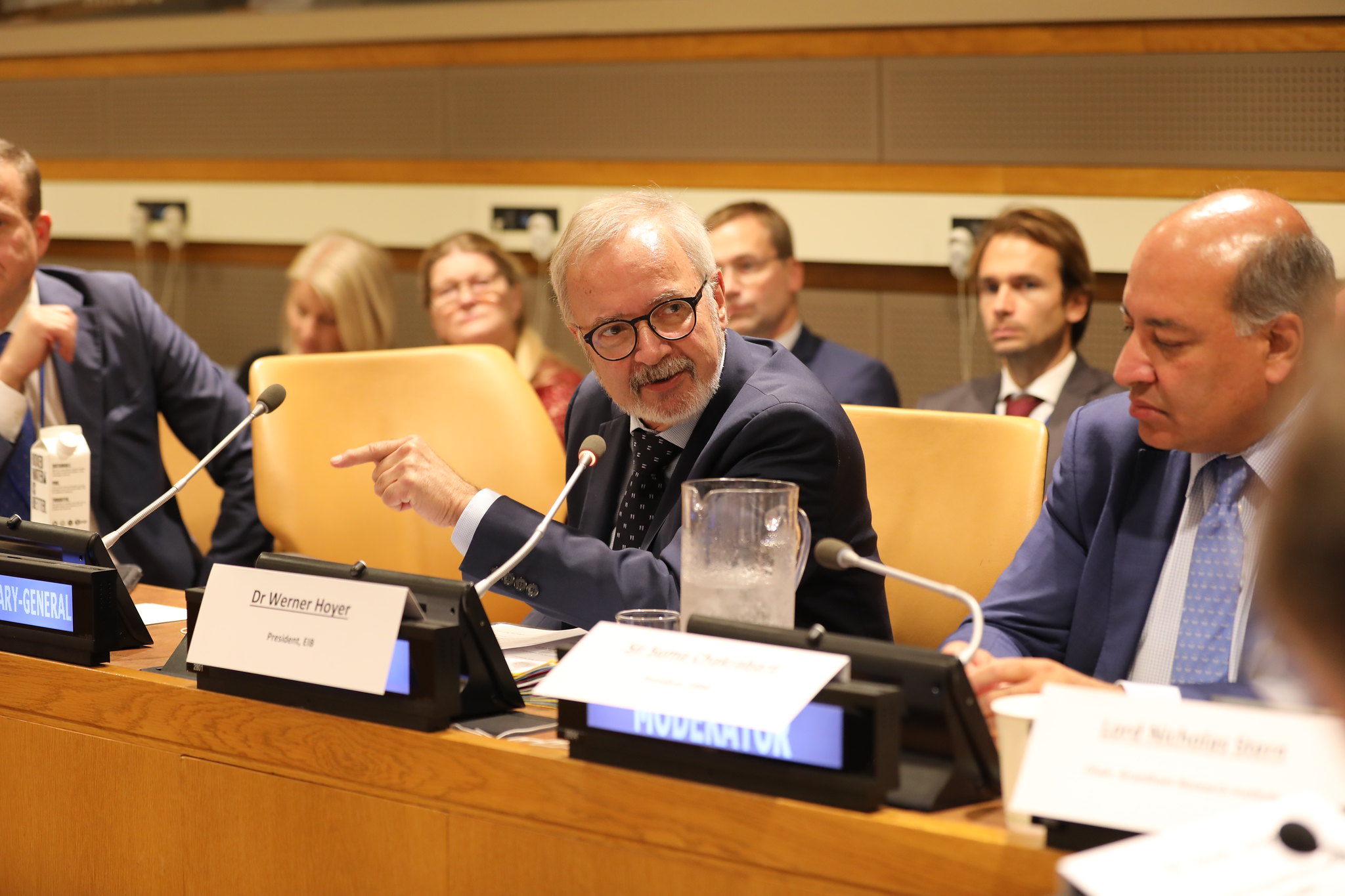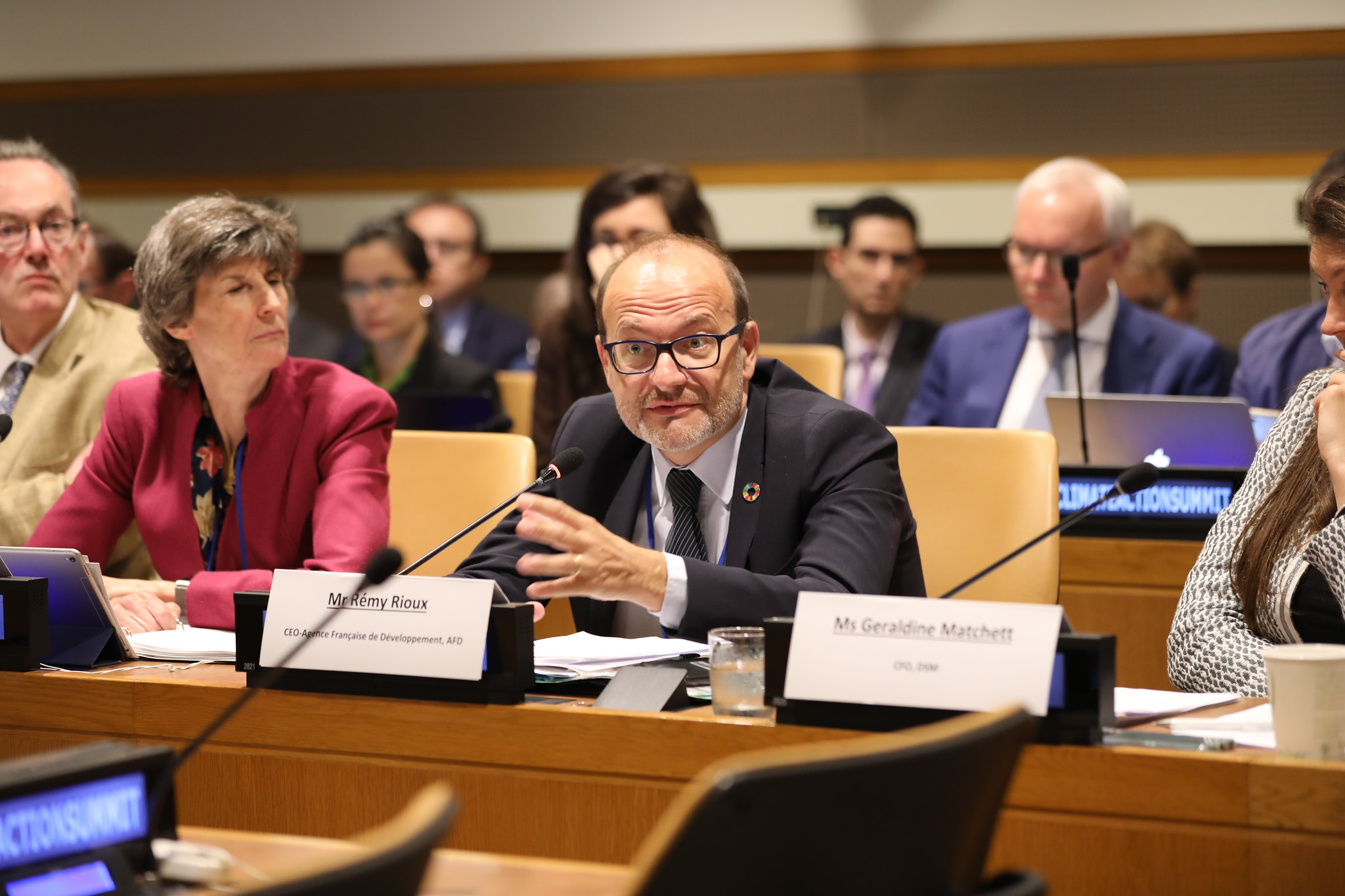Dealing with climate change mitigation implies significant global costs. But these can be reduced by achieving GHG reductions and carbon sequestration in those jurisdictions or sectors where mitigation abatement costs are lowest. This can be supported by the emergence and development of markets. The World Bank estimates that global integrated carbon markets could potentially reduce mitigation costs by 54% in 2050, or approximately US$3,940 billion.
The Paris Agreement raised expectations that climate mitigation efforts would necessarily involve the development of a network of decentralized markets or linking at regional, national and subnational levels. However, while market incentives, and carbon pricing, are expanding across the world in individual jurisdictions, market integration between jurisdictions has yet to take off, especially in developing countries.
For carbon market integration to occur there are at least three conditions, first, there must be political will expressed through global, regional or bilateral agreements. Second, there must be some accounting recognition through the climate convention process, namely resolution of article 6 of the Paris Agreement. But there is also a third condition: there must be an institutional infrastructure to make carbon markets viable; for this, governments, or private agents, must deal with the high transaction costs of carbon market exchange.
Ronald Coase reminds us that transaction costs are a key feature of market economies. These can be broadly defined as costs that are not directly involved in the production of goods or services, but that arise from transactions or contracting activities that make trade possible. When transaction costs are too high, exchange is not possible, and markets cannot exist. In these cases, and when there are gains from trade, institutions must emerge to reduce transaction costs making exchange possible. For example, in the credit market where the costs of coordinating borrowers and lenders are so high that a financial system emerged as a trusted intermediary.
Since emissions reductions are intangible assets, the rules that guide the market exchange of carbon credits, reductions, emissions, offsets or compensations are essential to facilitate exchange. To operate, carbon markets require an institutional infrastructure. That is rules, protocols and practices that clearly identify the carbon emission or credit exchanged, registering and accounting for the different trades, and recording the final position of each agent in the market. For a carbon market to exist, an MRV system (monitoring, reporting, and verification) plus a trusted intermediary is necessary.
The problem for carbon markets to emerge is no longer how to measure a ton of GHGs, there is already plenty of experience and consensus. Today the issue is how to register a multitude of trades and verify those emissions’ reductions in a transparent and secure way.
Developing an institutional infrastructure to ensure a global carbon market exchange is extremely costly. It requires supporting the coordination of multiple agents and ensuring information security, as well as verifying the emissions reductions and registering carbon emission trades across different jurisdictions and legal systems. This is, without a doubt, one of the -if not the- principal technical problem for the emergence of integrated carbon markets across the world, as has been shown by the complexity of the Clean Development Mechanism and the difficulty of implementing certification emissions reductions (CER).
Blockchain technology may provide a solution. Although blockchain was originally developed to support emergence of cryptocurrencies such as bitcoin, developed by the mysterious Satoshi Nakamoto, it has many applications and is especially relevant for energy and carbon markets. Blockchain technology records, through a decentralized structure, information of interest by sequentially capturing and registering blocks of data. In this way it can construct a decentralized database that serves as a record keeping system or hyper ledger. It can be used for any data registry or transaction that requires secure and transparent record-keeping without, and here is the key, a trusted intermediary.
A blockchain-based architecture can accommodate data that is captured automatically or manually to support an integrated network of climate markets over time. It can, therefore, facilitate the development of markets by supporting transactions of all types of emissions related -and carbon capture- data (e.g., facilities, projects, programs, practices, and even life cycle attributes) in a shared, globally accessible environment, at a low cost. In short, blockchain solves the problem of market coordination and simplifies the MRV system, thus reducing transactions costs significantly and making small players in the market viable trading agents.
There is much discussion globally on carbon markets, linkage, ITMO’s or bilateral agreements. Such efforts to integrate carbon markets, in effect, will face the problem of the high transaction costs, especially when dealing with small facilities or countries with small carbon markets. Consider, for example, distributed energy resources connected to global carbon markets through blockchain technology, or smallholders reforesting tracts of land. These activities could not possibly access the global carbon market because of the high transaction costs of registering, monitoring and verifying their operations. A blockchain market infrastructure solves this problem and thus opens a new market that could not only contribute to climate mitigation but that could have a direct impact on small and medium sized firms, local farming communities, households and even sustainable consumption practices such as public transport and cycling.
Climate change is an existential threat that requires the application of diverse and innovative solutions and approaches. But we cannot avoid the fact that mitigation implies enormous economic costs. Integrated carbon markets not only support mitigation and reduce costs but could provide substantial funds for development. Blockchain technology may be the key technology to facilitate the emergence of the institutional infrastructure necessary to develop carbon markets, both at the local and global level, incorporating small facilities and jurisdictions with a relatively low emissions profile, but that together could make a considerable impact.
Integrated carbon markets are the necessary vehicle to ensure that climate mitigation is economically viable. But we must deal with the problem identified by Ronald Coase, if Satoshi Nakamoto has provided the solution, then the only problem that remains is the political will to move forward. What are we waiting for?
Rodrigo Pizarro Gariazzo is an economist from the London School of Economics & Political Science. He holds a Master of Science from the University of North Carolina in Economics and Ph.D. in Environmental Studies from Stanford University. He was executive director of the Terram Foundation and has served as a professor in the Department of Public Policy at the University of Santiago de Chile. Between 2014 and 2018 he was Head of the Division of Information and Environmental Economics of the Ministry of the Environment of Chile, where he was responsible for the Green Growth Strategy, the Sustainable Consumption and Production Program, the Environmental Accounts Program, and the National System of Environmental Information. He was also focal point for the CPLC, IPBES, UNEP SCP and the Pacific Alliance Green Growth group. Under his tenure he was responsible for designing and implementing Chile´s environmental taxes. Currently he is Director of COTA21, a consultancy firm focused on environmental economics and policy.











